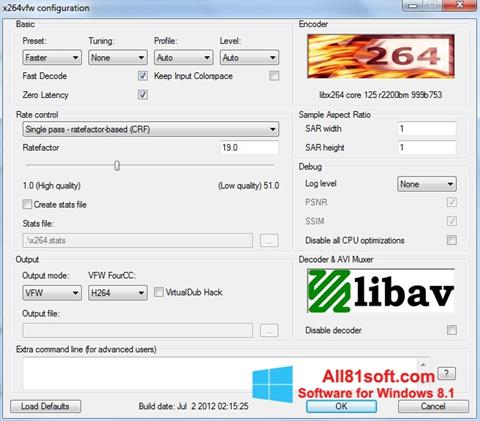


Java itself had among its vast amount of versions an implementation of HashTable and another for HashMap. This is important for a number of reasons, among which we could mention: knowing data structures gives us strong programming bases, makes coding easier, helps us optimize execution time and memory, and also they are usually asked in technical interviews! BasicsĪs mentioned above, Kotlin is based on Java’s data structure. For this reason, it’s important to understand and take the classical and broad Java knowledge into modern programming languages.
LEVEL HASHTAB REVIEW ANDROID
The advantage of Android development is that it was initially done in Java, but in the more recent years, Kotlin has been the preferred language for development.

LEVEL HASHTAB REVIEW SOFTWARE
If the element is comparable either numerically or lexically, and inserted into the list by maintaining the total order, it results in faster termination of the unsuccessful searches.Data structures are important topics in any kind of software development, but most of the explanations surrounding them are based in Java.

Search for an element with key k in linked list T In the hash table implementation of associative arrays, an array A be the hash table and the node respectively, the operation involves as follows: : 258 Chained-Hash-Insert( T, k) : 15 Overview Īn associative array stores a set of (key, value) pairs and allows insertion, deletion, and lookup (search), with the constraint of unique keys. : 126 A theoretical analysis of linear probing was submitted originally by Konheim and Weiss. : 15 The word "hashing" was first published by an article by Robert Morris. The first published work on hashing with chaining is credited to Arnold Dumey, who discussed the idea of using remainder module a prime as a hash function. Wesley Peterson on his article which discusses the problem of search in large files. : 124–125 The term "open addressing" was coined by W. : 124 Open addressing with linear probing is credited to Amdahl, although Ershov independently had the same idea. McGraw, Nathaniel Rochester, and Arthur Samuel of IBM Research implemented hashing for the IBM 701 assembler. : 15 Around the same time, Gene Amdahl, Elaine M. In January 1953, Hans Peter Luhn wrote an internal IBM memorandum that used hashing with chaining. The idea of hashing arose independently in different places.


 0 kommentar(er)
0 kommentar(er)
